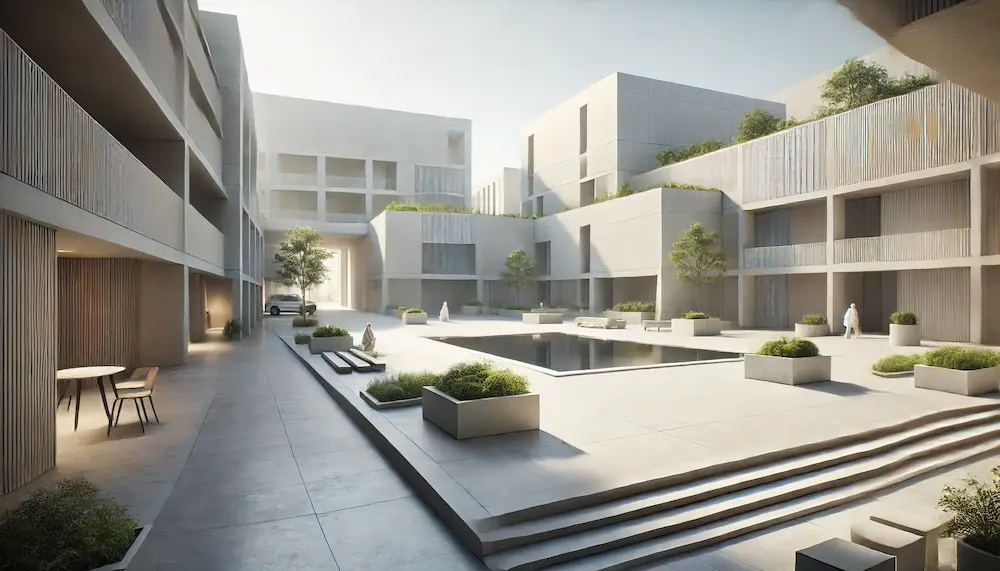Minimalist squares epitomize simplicity and functionality in urban design, focusing on essential elements to create serene public spaces. This approach emphasizes open areas, clean lines, and a restrained material palette, fostering environments that encourage reflection and unencumbered social interaction.
History and Origins of Minimalist Squares
The minimalist movement, emerging in the mid-20th century, sought to strip art and design of superfluous details, concentrating on fundamental forms and materials. In urban planning, this translated into public squares that prioritize openness and clarity, often utilizing expansive paved areas and minimal furnishings to achieve a tranquil atmosphere.
Key Features of Minimalist Squares
- Open Space: Extensive, uncluttered areas that allow for flexible use and unobstructed movement.
- Clean Lines: Geometric layouts with precise, unembellished boundaries.
- Limited Materials: A restrained selection of materials, such as concrete, stone, or metal, often in neutral tones.
- Functional Elements: Essential amenities like seating or lighting are incorporated discreetly, maintaining the overall simplicity.
Applications of Minimalist Squares
Minimalist squares serve as versatile urban spaces, accommodating various activities without imposing specific functions. Their understated design can complement diverse architectural contexts, providing a neutral backdrop for surrounding structures. Notable examples include the Plaça dels Països Catalans in Barcelona, designed by Helio Piñón and Albert Viaplana, which exemplifies minimalist design with its open layout and sculptural elements.
Considerations When Designing Minimalist Squares
- Contextual Integration: Ensuring the square harmonizes with its urban surroundings and meets the needs of the local community.
- User Comfort: Balancing minimalism with amenities that enhance usability, such as adequate seating and shade.
- Maintenance: Selecting durable materials and designs that facilitate easy upkeep.
Conclusion
Minimalist squares offer a refined approach to public space design, emphasizing clarity and openness. By focusing on essential elements, they create adaptable environments that can enhance urban life through their serene and unobtrusive presence.
